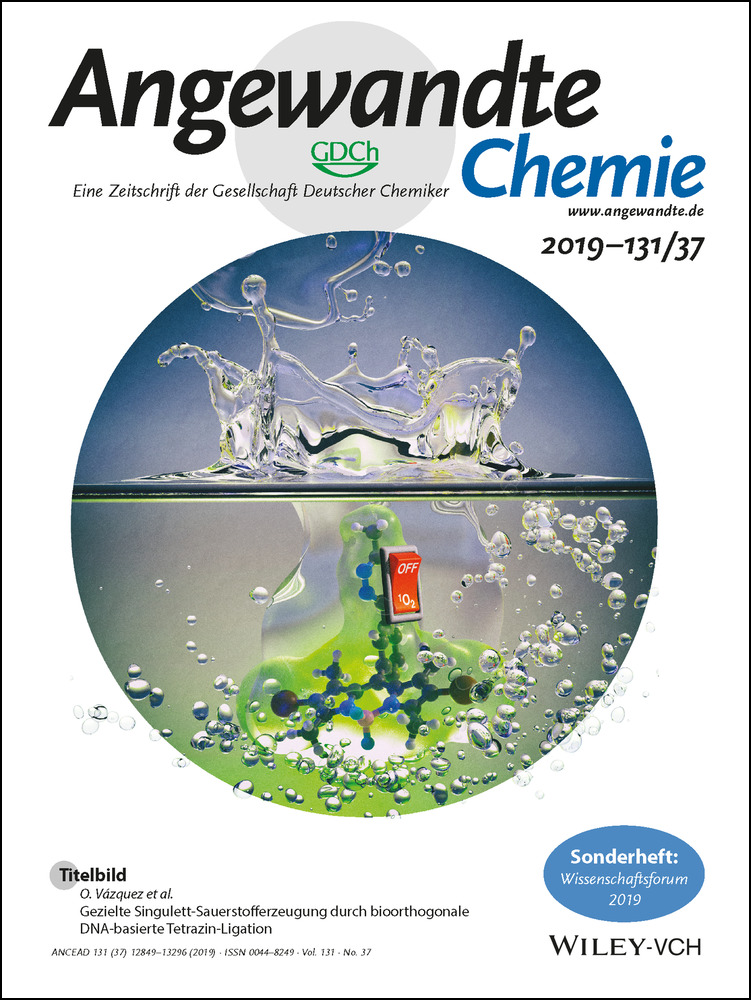Stabilization of [WF5]+ by Bidentate N-Donor Ligands
Abstract
Transition-metal hexafluorides do not exhibit fluoride-ion donor properties in the absence of donor ligands. We report the first synthesis of donor-stabilized [MF5]+ derived from a transition-metal hexafluoride via fluoride-ion abstraction using WF6(L) (L=2,2′-bipy, 1,10-phen) and SbF5(OSO) in SO2. The [WF5(L)][Sb2F11] salts and [WF5(1,10-phen)][SbF6]⋅SO2 have been characterized by X-ray crystallography, Raman spectroscopy, and multinuclear NMR spectroscopy. The reaction of WF6(2,2′-bipy) with an equimolar amount of SbF5(OSO) reveals an equilibrium between [WF5(2,2′-bipy)]+ and the [WF4(2,2′-bipy)2]2+ dication, as determined by 19F NMR spectroscopy. The geometries of the cations in the solid state are reproduced by gas-phase geometry optimizations (DFT-B3LYP), and NBO analyses reveal that the positive charges of the cations are stabilized primarily by compensatory σ-electron donation from the N-donor ligands.




